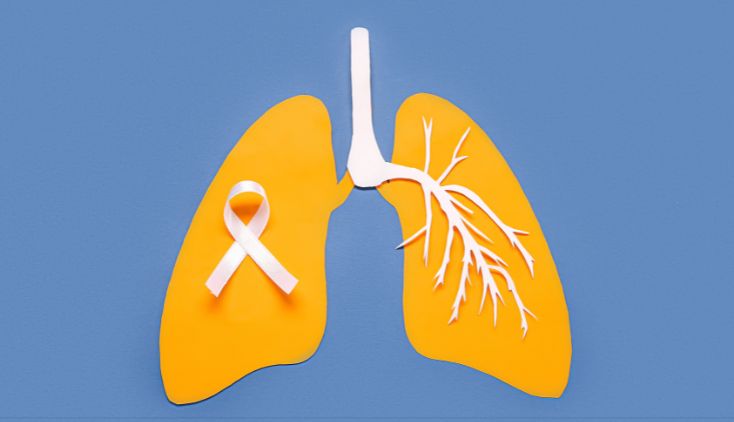Hope on the Horizon
Treatment can help slow down cancer, manage symptoms and improve quality of life. To help, there's Mektovi (binimetinib). When used together with Braftovi (encorafenib), Mektovi can improve survival in adults with metastatic non-small-cell lung cancer (NSCLC). It works by blocking a key enzyme in the cell-growth pathway, which slows or stops growth of cancer cells whose tumors have a specific mutation (BRAF V600E).
Lung Cancer Treatment Options
1. Surgery
Surgery is a common treatment for lung cancer, especially if the cancer hasn’t spread. During surgery, doctors remove part or all of the lung where the cancer is located. If the cancer is small and in one area, this can be a good option. Surgery helps get rid of the cancer cells, but it may take time to recover afterward.
2. Radiation Therapy
Radiation therapy uses high-energy rays to kill cancer cells. It’s often used when surgery is not an option, or along with surgery to help kill any remaining cancer cells. Radiation can help shrink tumors and reduce symptoms like pain. This treatment is usually done over several weeks.
3. Chemotherapy
Chemotherapy is a type of medicine that kills cancer cells. It can be taken by mouth or given through an IV. Chemotherapy is often used when lung cancer has spread to other parts of the body. It can help slow the cancer's growth, but it also comes with side effects like nausea, hair loss and tiredness.
4. Targeted Therapy
Targeted therapy is a newer treatment that focuses on specific parts of cancer cells. This treatment looks for certain genes or proteins in the cancer and attacks them directly. It’s often used for lung cancers with specific genetic changes. Targeted therapy can have fewer side effects than chemotherapy.
5. Immunotherapy
Immunotherapy helps your body’s immune system fight the cancer. It works by boosting the immune system so it can better recognize and attack cancer cells. This treatment can be helpful for some people with advanced lung cancer. It’s often given through an IV and can work for a long time in some patients.
6. Cryotherapy
Cryotherapy is a treatment that uses extreme cold to freeze and kill cancer cells. This is sometimes used for smaller tumors or to reduce symptoms like difficulty breathing. It is not as common as other treatments but can be helpful for certain cases.
7. Laser Therapy
Laser therapy uses a beam of light to burn and kill cancer cells. It is often used when tumors are blocking the airways, making it hard to breathe. Laser therapy can help open up the airways and improve breathing, but it is usually used along with other treatments.
8. Photodynamic Therapy (PDT)
Photodynamic therapy uses light and a special drug to kill cancer cells. The drug is activated by a certain type of light, which helps destroy the cancer cells. PDT is often used for early-stage lung cancer or for tumors that are blocking the airways.
9. Radiofrequency Ablation (RFA)
Radiofrequency ablation uses heat to kill cancer cells. A thin needle is inserted into the tumor, and heat is applied to destroy the cancer. This treatment can be helpful for people who can’t have surgery and for small tumors.
10. Palliative Care
Palliative care is not a cure, but it helps manage the symptoms of lung cancer. This can include medicines to relieve pain, help with breathing or reduce other symptoms. Palliative care focuses on making the patient comfortable and improving their quality of life.
Finding the Right Treatment For You
Lung cancer can be treated in many ways, depending on the type and stage of the cancer. Surgery, radiation, chemotherapy and newer treatments like targeted therapy and immunotherapy are all options. Some treatments work better for early-stage cancer, while others are used when the cancer has spread. It’s important to talk with your doctor to find the best treatment plan for you.
Read on to learn about treatment options for nail fungus.
